While Earth is the only known place in the universe with life, discovering life beyond it is a major goal of modern astronomy and planetary science.
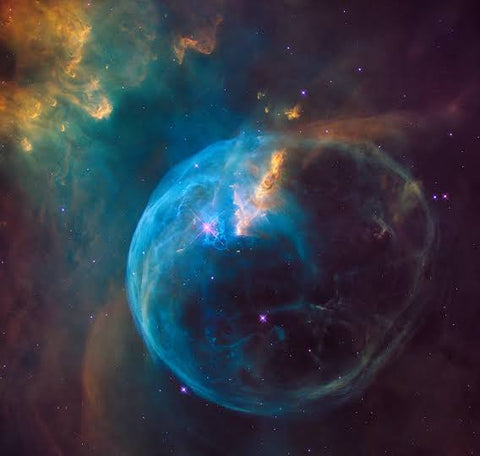
Chris Impey, University Distinguished Professor of Astronomy, and Daniel Abay, Professor of Astronomy and Planetary Science, University of Arizona, study exoplanets and astrobiology. Thanks in large part to next-generation telescopes like James Webb, researchers like them will soon be able to measure the chemical composition of the atmospheres of planets around other stars.
Life may exist in the solar system where there is liquid water – such as aquifers on Mars or in the oceans of Jupiter's moon Europa. However, searching for life in these places is very difficult, as they are difficult to access, and detecting life requires sending a probe to return physical samples.
Many astronomers believe that there is a good chance that life exists on planets orbiting other stars, and that this is likely where life will exist first.
Theoretical calculations suggest that there are about 300 million potentially habitable planets in the Milky Way alone, and many Earth-sized planets within just 30 light-years of Earth – galaxies neighboring humanity.
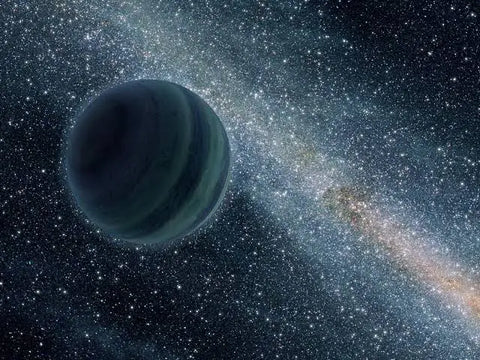
To date, astronomers have discovered more than 5,000 exoplanets, including hundreds of potentially habitable planets, using indirect methods that measure how a planet affects its nearby star. These measurements can provide astronomers with information about the mass and size of an exoplanet, but not much more.
To detect life on a distant planet, astrobiologists will study starlight that has interacted with the planet's surface or atmosphere. If the atmosphere or surface has been altered by life, the light may carry a clue called a “biosignature.”
During the first half of its existence, Earth had an atmosphere without oxygen, although it hosted simple, single-celled life. The Earth's biometric signature was very faint during this early era. That changed suddenly 2.4 billion years ago when a new family of algae evolved.
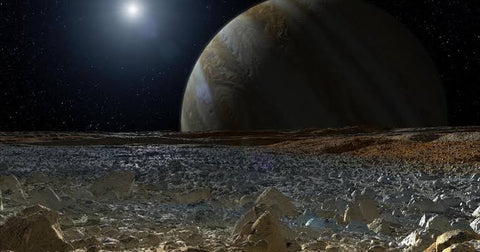
The algae used photosynthesis, which produces free oxygen – oxygen that is not chemically bound to any other element. From that time on, Earth's oxygen-filled atmosphere left a strong and easily detectable energetic signature on the light that passed through it.
When light bounces off the surface of a material or passes through a gas, certain wavelengths are more likely to remain trapped in the gas or surface of the material than others. This selective adaptation to the wavelengths of light is the reason for the different colors of objects. Leaves are green because chlorophyll is particularly good at absorbing light in red and blue wavelengths. When the light hits the paper, the red and blue wavelengths are absorbed, leaving mostly green light to bounce back into your eyes.
The pattern of lost light is determined by the specific composition of the material with which the light interacts. For this reason, astronomers can learn something about the composition of an exoplanet's atmosphere or surface by measuring the specific color of light coming from a planet.
This method can be used to identify the presence of certain gases in the atmosphere associated with life - such as oxygen or methane - because these gases leave very specific fingerprints in the light. It can also be used to detect strange colors on the surface of a planet.
On Earth, for example, plants' chlorophyll and other pigments and algae used in photosynthesis use specific wavelengths of light.
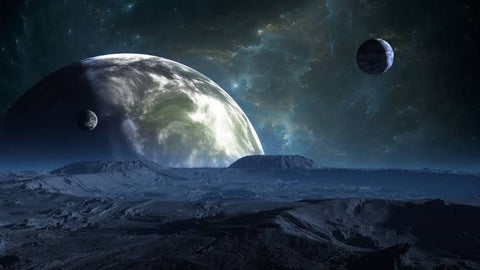
These pigments produce distinctive colors that can be detected using a sensitive infrared camera. If you saw this color reflected on the surface of a distant planet, it would likely indicate the presence of chlorophyll.
It takes an incredibly powerful telescope to detect these subtle changes in the light coming from a potentially habitable exoplanet. Currently, the only telescope capable of such a feat is the new James Webb Space Telescope.
When he began his science operations in July 2022, James Webb took a reading of the spectrum of the gas giant exoplanet WASP-96b. The spectrum showed the presence of water and clouds, but a large, hot planet like WASP-96b is unlikely to host life.
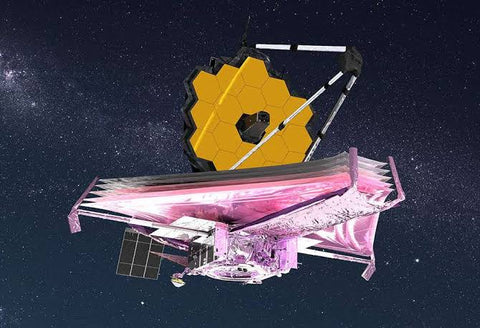
However, these early data show that James Webb is able to detect faint chemical signals in light from exoplanets.
In the coming months, the telescope is set to turn its mirrors toward TRAPPIST-1e, a potentially habitable Earth-sized planet just 39 light-years from Earth.
James Webb can search for biosignatures by studying planets as they pass in front of their host stars and capturing starlight streaming through the planet's atmosphere. But Webb was not designed to search for life, so the telescope is only able to examine a few of the closest potentially habitable worlds.
It can also detect changes in levels of carbon dioxide, methane and water vapor in the atmosphere. While certain combinations of these gases may suggest the presence of life, the James Webb Telescope is unable to detect the presence of unbound oxygen, which is the strongest sign of life.
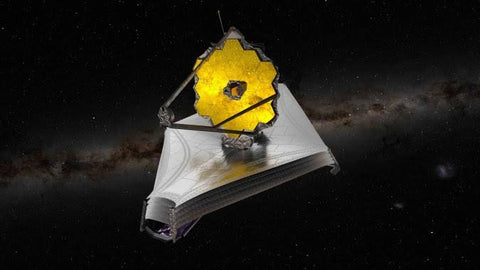
Pioneering concepts for future, more powerful space telescopes include plans to block the bright light of Earth's host star to detect starlight reflected from the planet. This idea is similar to using your hand to block sunlight to better see something in the distance.
Future space telescopes could use small internal masks or large, umbrella-like external spacecraft to do this. Once starlight is blocked, it becomes much easier to study the light bouncing off a planet.
There are also three large ground-based telescopes currently under construction that will be able to search for biosignatures: the Giant Magellan Telescope, the Thirty Meter Telescope and the European Extremely Large Telescope. Each is much more powerful than telescopes on Earth, and despite the obstruction of Earth's atmosphere that distorts starlight, these telescopes may be able to explore the atmospheres of the nearest worlds in search of oxygen.
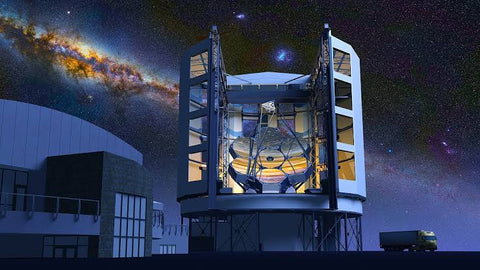
Even using the most powerful telescopes in the coming decades, astrobiologists will only be able to detect the powerful biosignatures produced by worlds completely transformed by life.
Unfortunately, most of the gases released by terrestrial life can also be produced through non-biological processes – cows and volcanoes release methane. Photosynthesis produces oxygen, but it also produces sunlight when it splits water molecules into oxygen and hydrogen.
There is a good chance that astronomers will discover some false positives when searching for distant life. To help rule out false positives, astronomers will need to understand an interesting planet well enough to understand whether its geological processes or atmosphere could mimic a biosignature.
The next generation of exoplanet studies has the potential to go beyond the extraordinary evidence needed to prove the existence of life. The first release of data from the James Webb Space Telescope gives us a sense of the exciting progress that is coming soon.
Source: ScienceAlert

